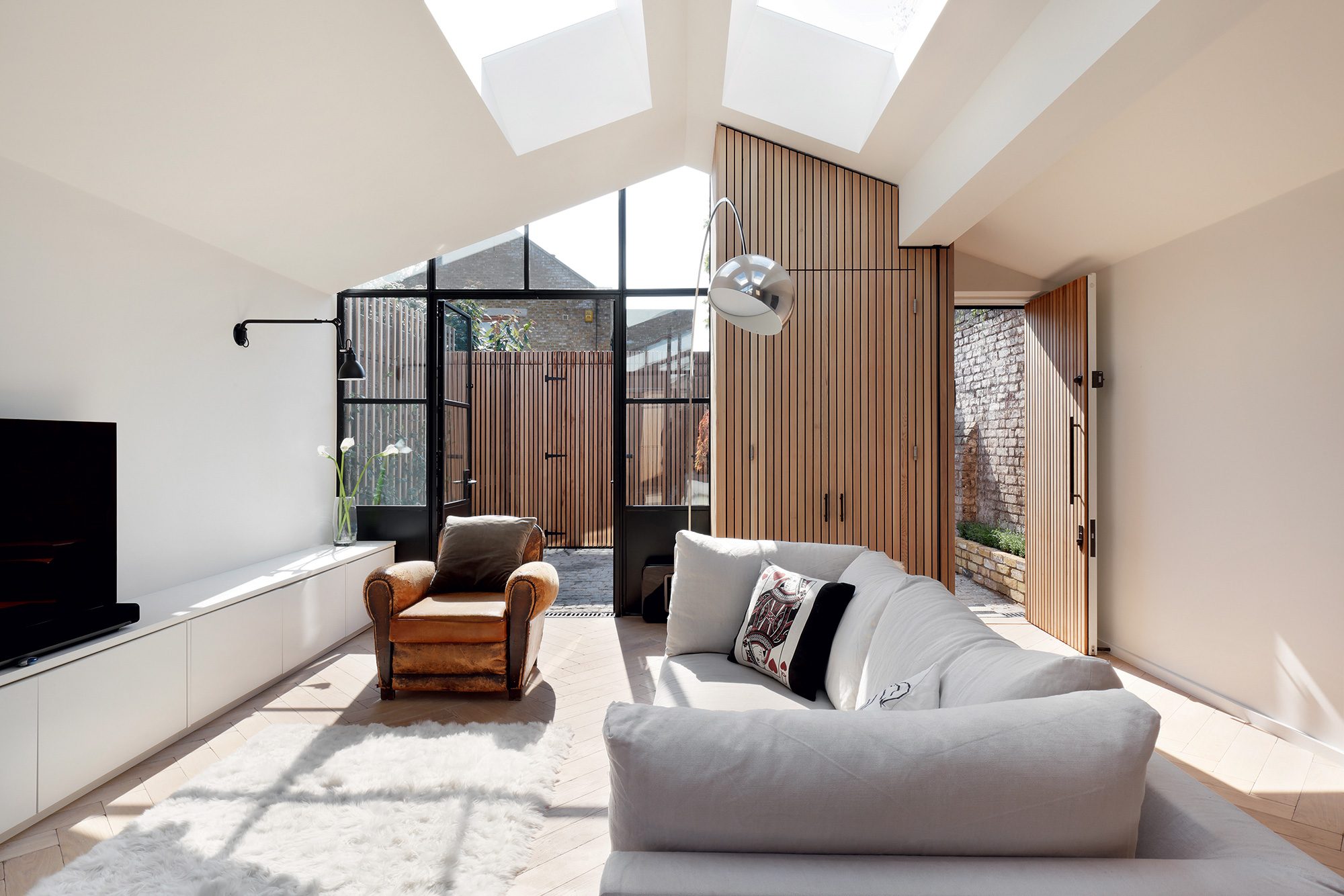

Articles
What Is A Vaulted Ceiling
Modified: August 17, 2024
Discover the beauty and functionality of vaulted ceilings with our informative articles. Get inspiration and learn how to incorporate this architectural feature into your home design.
(Many of the links in this article redirect to a specific reviewed product. Your purchase of these products through affiliate links helps to generate commission for Storables.com, at no extra cost. Learn more)
Introduction
A vaulted ceiling is a design feature that adds a sense of spaciousness, grandeur, and architectural interest to a room. It is a type of ceiling that slopes or arches upward, creating a higher, more open space above. Vaulted ceilings have been used in architecture for centuries and can be found in various styles of homes and buildings, from traditional to modern.
The allure of a vaulted ceiling lies in its ability to transform a room by creating a visual impact and altering the perception of space. It adds dimension and character to an otherwise ordinary room, making it feel larger, more open, and inviting.
While vaulted ceilings are often associated with large, luxurious homes, they can be incorporated into any size or style of space. From a cozy cottage to a contemporary loft, a vaulted ceiling can bring a unique charm and elegance to any room.
In this article, we will explore the definition of a vaulted ceiling, discuss the types of vaulted ceilings, dive into the benefits and challenges of having a vaulted ceiling, provide design tips for maximizing its potential, and showcase stunning examples of vaulted ceiling designs.
Key Takeaways:
- Vaulted ceilings add grandeur and spaciousness to any room, enhancing natural light and architectural interest. From rustic charm to modern elegance, they offer endless design possibilities for a visually stunning space.
- While vaulted ceilings create a sense of openness and grandeur, they also come with challenges such as increased heating costs and maintenance difficulties. Careful planning and design considerations can overcome these challenges and create a well-balanced and visually captivating environment.
Read more: How Much To Vault A Ceiling
Definition of a Vaulted Ceiling
A vaulted ceiling is a design element that deviates from the conventional flat ceiling by creating an arched or sloping shape. It is characterized by its elevated height and the graceful lines it creates, adding depth and drama to a space.
Unlike a standard flat ceiling, a vaulted ceiling typically follows the roofline in a sloping manner, resulting in a higher point in the center and gradually lowering towards the edges. This creates a sense of openness and visual interest, drawing the eyes upward and making the room feel more spacious.
Vaulted ceilings can be classified into different types based on their architectural design. Some of the most common types include:
- Cathedral Ceiling: This type of vaulted ceiling features two equal sloping sides that meet at a central peak or ridge. It resembles the shape of the roof’s pitch and is often seen in churches and grand cathedrals, hence the name.
- Barrel Vault Ceiling: Inspired by the architectural style of Roman and Gothic buildings, a barrel vault ceiling consists of a series of arches joined together to create a continuous, semi-circular shape. It creates a sense of elegance and can be found in various buildings such as museums, libraries, and grand residences.
- Groin Vault Ceiling: Similar to a barrel vault ceiling, a groin vault features intersecting arches at right angles. This creates a series of rib-like formations that add a unique architectural element to a space. It is often found in medieval or Renaissance-style buildings and adds a touch of grandeur and sophistication.
- Domed Ceiling: As the name suggests, a domed ceiling is characterized by its rounded, dome-shaped design. It adds a sense of grandeur and opulence to a room and is often seen in palaces, museums, and historic buildings.
- Tray Ceiling: A tray ceiling is a modern variation of a vaulted ceiling that features a recessed portion or “tray” in the center. It adds architectural interest and can be enhanced with various lighting options to create a dramatic effect.
Overall, a vaulted ceiling is a design feature that elevates the aesthetics and functionality of a room. It serves as a focal point, enhances natural light, and creates an inviting and visually pleasing atmosphere.
Types of Vaulted Ceilings
Vaulted ceilings come in various designs and styles, each adding a unique touch to a space. Let’s explore some of the most popular types:
- Cathedral Ceiling: This type of vaulted ceiling features two equal sloping sides that meet at a central peak or ridge. It resembles the shape of the roof’s pitch and is often seen in churches and grand cathedrals. Cathedral ceilings create a sense of grandeur and spaciousness, making a room feel open and airy. They are popular in large, open-concept living areas and can be enhanced with exposed beams or trusses to add architectural interest.
- Barrel Vault Ceiling: Inspired by the architectural style of Roman and Gothic buildings, a barrel vault ceiling consists of a series of arches joined together to create a continuous, semi-circular shape. It adds elegance and a sense of drama to a room. Commonly used in entryways, hallways, and dining rooms, barrel vault ceilings create a visually striking feature and can be adorned with decorative lighting or molding for added charm.
- Groin Vault Ceiling: Similar to a barrel vault ceiling, a groin vault features intersecting arches at right angles. It creates a rib-like formation and adds a touch of architectural interest. Groin vault ceilings evoke a sense of grandeur and are commonly seen in spaces like foyers, dining rooms, and libraries. They can be embellished with decorative elements like ceiling medallions or painted in contrasting colors to accentuate the design.
- Domed Ceiling: A domed ceiling is characterized by its rounded, dome-shaped design. It adds a sense of grandeur and opulence to a room. Commonly found in palaces, museums, and historic buildings, domed ceilings create a visually stunning feature. They can be adorned with intricate plasterwork or painted with murals to enhance their beauty.
- Tray Ceiling: A modern variation of a vaulted ceiling, a tray ceiling features a recessed portion or “tray” in the center. It adds architectural interest and allows for creative lighting options. Tray ceilings are versatile and can be customized to suit any style or space. They are commonly seen in bedrooms, living rooms, and dining areas, serving as a visually appealing focal point.
When considering the type of vaulted ceiling for your space, it is important to take into account the overall style of the room, the desired ambiance, and the architectural constraints of the space. Each type of vaulted ceiling has its distinctive characteristics and can significantly enhance the aesthetics and functionality of a room.
Benefits of Vaulted Ceilings
Vaulted ceilings offer numerous benefits that can greatly enhance the overall appeal and functionality of a space. Here are some of the key advantages:
- Increased Visual Space: One of the primary benefits of a vaulted ceiling is the illusion of increased space. By raising the height of the ceiling, it creates a sense of openness and spaciousness. This can be particularly beneficial for smaller rooms or areas with limited natural light, as it helps to alleviate any feelings of cramped or confined space.
- Natural Light Enhancement: Vaulted ceilings allow for larger windows to be incorporated into the design, which means more natural light can enter the space. The higher ceiling height allows light to penetrate deeper into the room, creating a brighter and more inviting atmosphere. This can have a positive impact on mood and well-being, as well as reduce the need for artificial lighting during the daytime.
- Architectural Interest: Vaulted ceilings add a touch of architectural interest and elegance to a room. The unique lines and shapes created by a vaulted ceiling can become a focal point and contribute to the overall aesthetic appeal of the space. Whether it’s the dramatic sloping lines of a cathedral ceiling or the graceful curves of a barrel vault ceiling, these architectural details can elevate the design and create a visual impact.
- Improved Air Circulation: With the increased vertical space, vaulted ceilings allow for better air circulation within a room. Hot air tends to rise, and a vaulted ceiling provides ample room for it to disperse and keep the room cooler. This can be particularly beneficial during the summer months or in regions with warmer climates.
- Creative Design Possibilities: Vaulted ceilings offer endless design possibilities. From exposed beams and trusses to decorative molding and skylights, there are various ways to enhance the aesthetic appeal of a vaulted ceiling. They can be painted in contrasting colors, adorned with chandeliers or pendant lights, or even transformed into a statement art piece. The flexibility of vaulted ceilings allows homeowners to exercise their creativity and customize the space according to their personal style and preferences.
Overall, the benefits of having a vaulted ceiling extend beyond the visual aspect. They contribute to a sense of openness, enhance natural light, promote better airflow, and provide opportunities for unique and creative design elements. Whether it’s for a residential or commercial space, vaulted ceilings can elevate the overall ambiance and make a lasting impression.
Consider using light colors and strategic lighting to enhance the feeling of spaciousness in a room with a vaulted ceiling. This can help to prevent the space from feeling too overwhelming or cavernous.
Challenges of Vaulted Ceilings
While vaulted ceilings offer numerous advantages, they also come with certain challenges that should be considered before incorporating them into a space. Here are some of the key challenges of vaulted ceilings:
- Increased Heating and Cooling Costs: The additional vertical space created by a vaulted ceiling can result in increased heating and cooling costs. The larger volume of air in the room means it takes more energy to heat or cool the space effectively. This can be addressed by implementing energy-efficient insulation and HVAC systems designed to accommodate the extra space.
- Difficulties in Maintenance and Cleaning: Vaulted ceilings can be challenging to maintain and clean, especially if they are located in hard-to-reach areas. Dust, cobwebs, and debris can accumulate on high surfaces, making regular cleaning a more labor-intensive task. Additionally, any repairs or maintenance work on the ceiling may require specialized equipment or professionals, adding complexity and potential costs.
- Acoustic Issues: Vaulted ceilings can have acoustic implications, as the increased vertical space can create more reverberations and echoes in the room. This might be an undesirable effect for certain spaces, such as home theaters or recording studios. Implementing acoustic treatments, such as sound-absorbing materials or decorative panels, can help mitigate these issues and improve the overall sound quality of the room.
- Design Considerations: While vaulted ceilings offer design flexibility, they also require careful consideration in terms of furniture placement and scale. The taller height of the ceiling may necessitate furniture and decor with a larger scale to avoid a disproportionate look. It’s important to strike a balance between the size of the room, the ceiling height, and the elements within the space to maintain visual harmony.
- Restricted Lighting Options: Vaulted ceilings can limit lighting options due to the height and angle of the ceiling. Traditional lighting fixtures may not adequately illuminate the entire space, and installing additional lighting may require scaffolding or specialized equipment. However, creative lighting solutions, such as recessed lights, pendant lights, or track lighting, can be installed to enhance the ambiance and provide ample illumination.
While these challenges should be taken into account, they do not diminish the overall appeal and benefits of vaulted ceilings. With proper planning, design consideration, and maintenance, the challenges associated with vaulted ceilings can be overcome, resulting in a visually stunning and functional space.
Read more: How To Paint Vaulted Ceiling
Design Tips for Vaulted Ceilings
Vaulted ceilings provide a unique canvas for creativity and design. To make the most of this architectural feature, consider the following tips:
- Highlight the Architectural Details: Emphasize the beauty of a vaulted ceiling by highlighting its architectural details. Exposed beams, trusses, or decorative molding can add visual interest and create a dramatic effect. Choose materials and finishes that complement the overall style of the space and enhance the character of the ceiling.
- Use the Right Lighting: Proper lighting is essential to showcase the beauty of a vaulted ceiling. Consider installing recessed lights or track lighting to evenly illuminate the space. Pendant lights or chandeliers can also serve as decorative focal points while providing functional lighting. Experiment with different lighting techniques to create a warm and inviting atmosphere.
- Utilize Vertical Space: Take advantage of the vertical space created by the vaulted ceiling. Install tall shelving units, bookcases, or display cabinets to make the most of the height. This not only provides additional storage options but also draws the eye upward, further enhancing the sense of spaciousness.
- Play with Color: Use color effectively to enhance the visual impact of a vaulted ceiling. Consider painting the ceiling in a contrasting color to create a bold statement or opt for a lighter shade to visually lift the height of the space. Experiment with different color palettes to achieve the desired effect and complement the overall design of the room.
- Integrate Skylights or Windows: If possible, incorporate skylights or high-set windows into the vaulted ceiling design. This allows natural light to flood the space, enhancing the openness and brightness of the room. In addition to providing excellent natural lighting, skylights can offer breathtaking views of the sky or surrounding landscape.
- Add Texture and Patterns: Introduce texture and patterns to the vaulted ceiling to create visual interest. Wallpaper, textured paint, or exposed brick can add depth and character to the space. Consider using wallpaper with vertical patterns to accentuate the height of the ceiling or opting for a decorative stenciled design for a unique touch.
- Scale Furniture and Decor: When selecting furniture and decor, consider the scale and proportions in relation to the vaulted ceiling. Opt for taller furniture pieces to fill the vertical space without overwhelming the room. Choose artwork and decorative elements that are appropriately sized to avoid a disproportionate look.
- Balance Acoustics: Address acoustic challenges in a vaulted ceiling by incorporating acoustic panels, strategically placed area rugs, and soft furnishings. These elements help to absorb sound and control echoes, creating a more pleasant and comfortable acoustic environment.
Remember, the design of a vaulted ceiling should align with the overall style and purpose of the space. Get creative, experiment with different ideas, and don’t be afraid to push the boundaries to create a visually stunning and inviting room.
Examples of Stunning Vaulted Ceiling Designs
Here are some inspiring examples of stunning vaulted ceiling designs that showcase the versatility and beauty of this architectural feature:
- Rustic Charm: A vaulted ceiling with exposed wooden beams creates a warm and inviting atmosphere in a rustic-style home. The natural wood adds texture and character to the space, while the vaulted design adds a sense of openness and grandeur. This design is perfect for cabins or homes with a cozy, country aesthetic.
- Contemporary Elegance: In a contemporary setting, a vaulted ceiling with clean lines and simple detailing can create a sleek and modern look. Smooth surfaces, recessed lighting, and a monochromatic color scheme contribute to a minimalist aesthetic, adding a touch of sophistication and elegance to the space.
- Historic Grandeur: Vaulted ceilings have long been associated with grand, historic buildings. In a stately home or a restored heritage property, a vaulted ceiling with intricate plasterwork or decorative ceiling medallions can add a sense of opulence and old-world charm. Ornate chandeliers and richly colored walls further enhance the grandeur of the space.
- Coastal Retreat: In a beachside or coastal-inspired setting, a vaulted ceiling with light, airy colors and natural materials creates a tranquil and relaxed atmosphere. Whitewashed wood, exposed beams, and large windows contribute to the breezy, beach-inspired vibe. Skylights or high windows bring in abundant natural light, further enhancing the coastal aesthetic.
- Modern Industrial: For a contemporary, industrial-style space, a vaulted ceiling with exposed ductwork, metal beams, and concrete surfaces can create a dramatic and edgy look. Pairing it with minimalist furniture, statement lighting, and a monochromatic color scheme gives the room an urban, loft-like feel.
- Mediterranean Oasis: In a Mediterranean-inspired home or villa, a vaulted ceiling with arched shapes and warm-toned plasterwork adds a touch of elegance and authenticity. Decorative tiles, wrought iron fixtures, and earthy color palettes complete the Mediterranean aesthetic, transporting you to a charming, sun-drenched oasis.
- Modern Farmhouse: A vaulted ceiling in a modern farmhouse setting combines rustic charm with contemporary elements. Exposed wooden beams, white shiplap walls, and natural textures create a cozy and inviting atmosphere. Adding pendant lights or a statement chandelier with farmhouse touches further enhances the aesthetic.
- Artistic Expression: Vaulted ceilings can also serve as a canvas for artistic expression. Murals, painted motifs, or decorative stencils can transform a vaulted ceiling into a stunning work of art. Whether it’s a celestial-inspired design, a whimsical pattern, or a nature-inspired mural, artistic vaulted ceilings add a unique and personalized touch to any space.
These are just a few examples of the many possibilities when it comes to designing vaulted ceilings. Each design can be tailored to the specific style and vision of the space, offering endless opportunities to create a breathtaking and visually captivating environment.
Conclusion
Vaulted ceilings add a touch of grandeur and architectural interest to any space. They create a sense of openness and expansiveness, making a room feel larger, more inviting, and visually stunning. Whether it’s the sloping lines of a cathedral ceiling or the graceful curves of a barrel vault, these designs elevate the aesthetics and functionality of a room, leaving a lasting impression.
While vaulted ceilings offer numerous benefits such as increased visual space, enhanced natural light, and design flexibility, it’s essential to consider the challenges they present. The higher heating and cooling costs, maintenance difficulties, and acoustics issues should be taken into account during the design and planning process to create a well-balanced and comfortable environment.
When it comes to designing vaulted ceilings, the possibilities are endless. Highlighting architectural details, utilizing appropriate lighting, considering scale and proportion, and integrating elements like skylights or windows can transform a vaulted ceiling into a stunning focal point. Texture, color, and decorative elements can also be utilized to enhance the overall aesthetic appeal and complement the style of the space.
Whether you prefer a rustic, contemporary, historic, or coastal-inspired look, vaulted ceilings provide an opportunity to infuse your personal style and creativity into the design. From cozy cottages to large estates, from churches to modern lofts, vaulted ceilings can be incorporated into various styles of homes and buildings, adding a touch of elegance and sophistication.
In conclusion, vaulted ceilings offer a visually striking and functional design element that can transform any room into a show-stopping space. With careful planning, attention to detail, and the right design choices, vaulted ceilings can enhance the ambiance, increase the perceived space, and imbue a room with a sense of awe and beauty.
If you're captivated by the spacious feel vaulted ceilings provide, consider how the right lighting can further enhance your space. Our next feature focuses on stylish LED mirrors that ensure your rooms are both beautifully illuminated and visually appealing. These mirrors are not just practical; they're essential for adding a touch of elegance to any interior.
Frequently Asked Questions about What Is A Vaulted Ceiling
Was this page helpful?
At Storables.com, we guarantee accurate and reliable information. Our content, validated by Expert Board Contributors, is crafted following stringent Editorial Policies. We're committed to providing you with well-researched, expert-backed insights for all your informational needs.
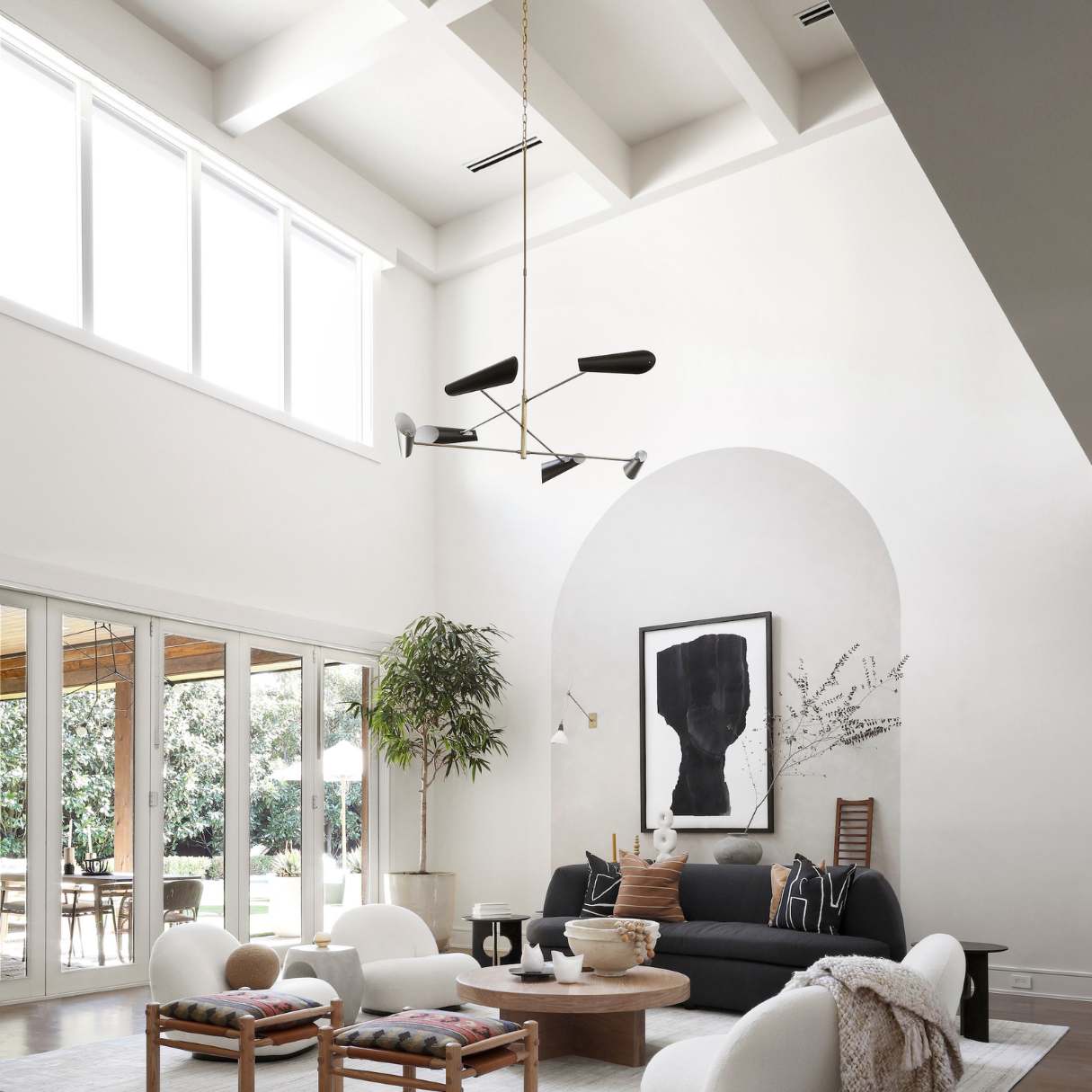
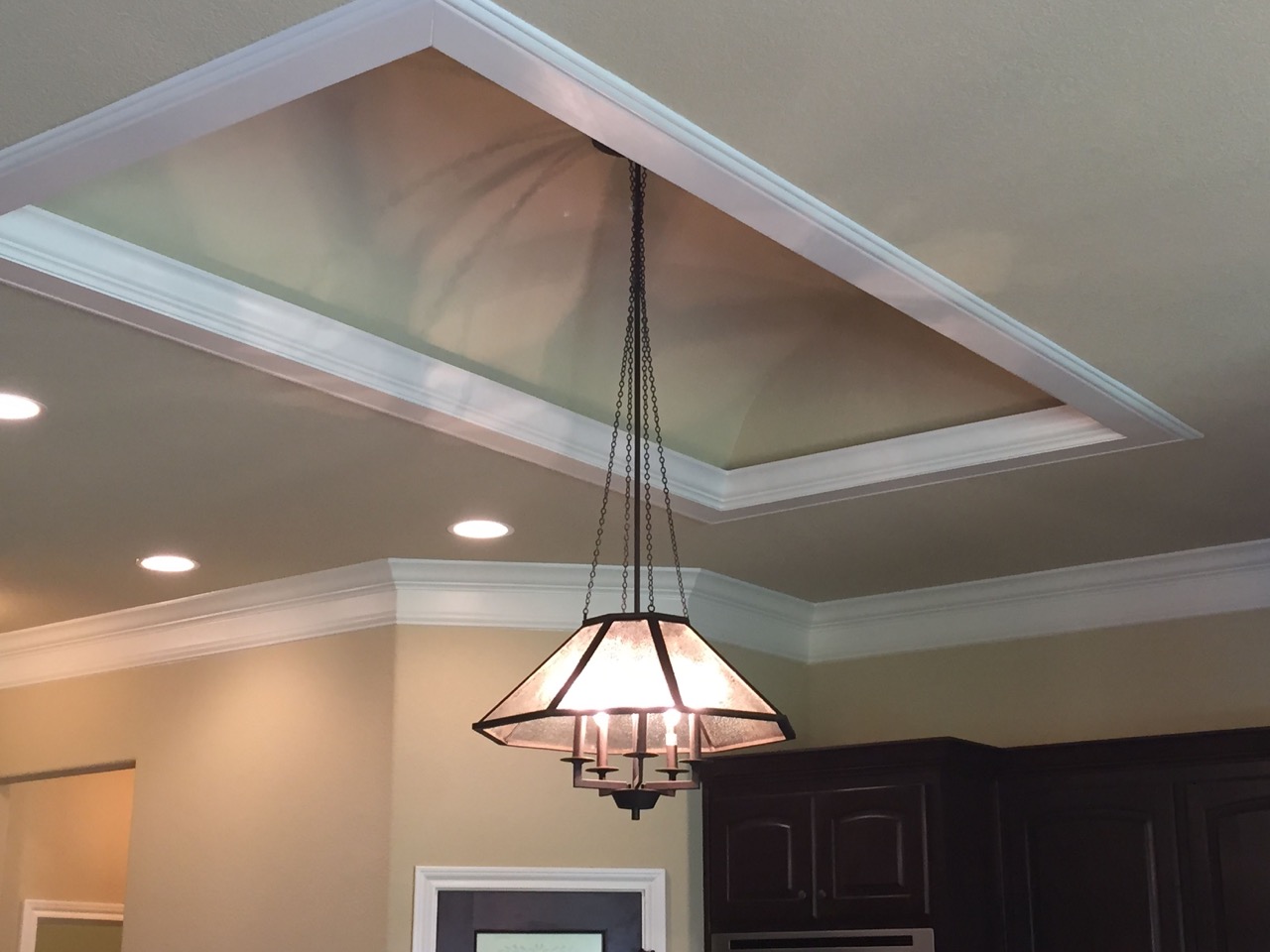
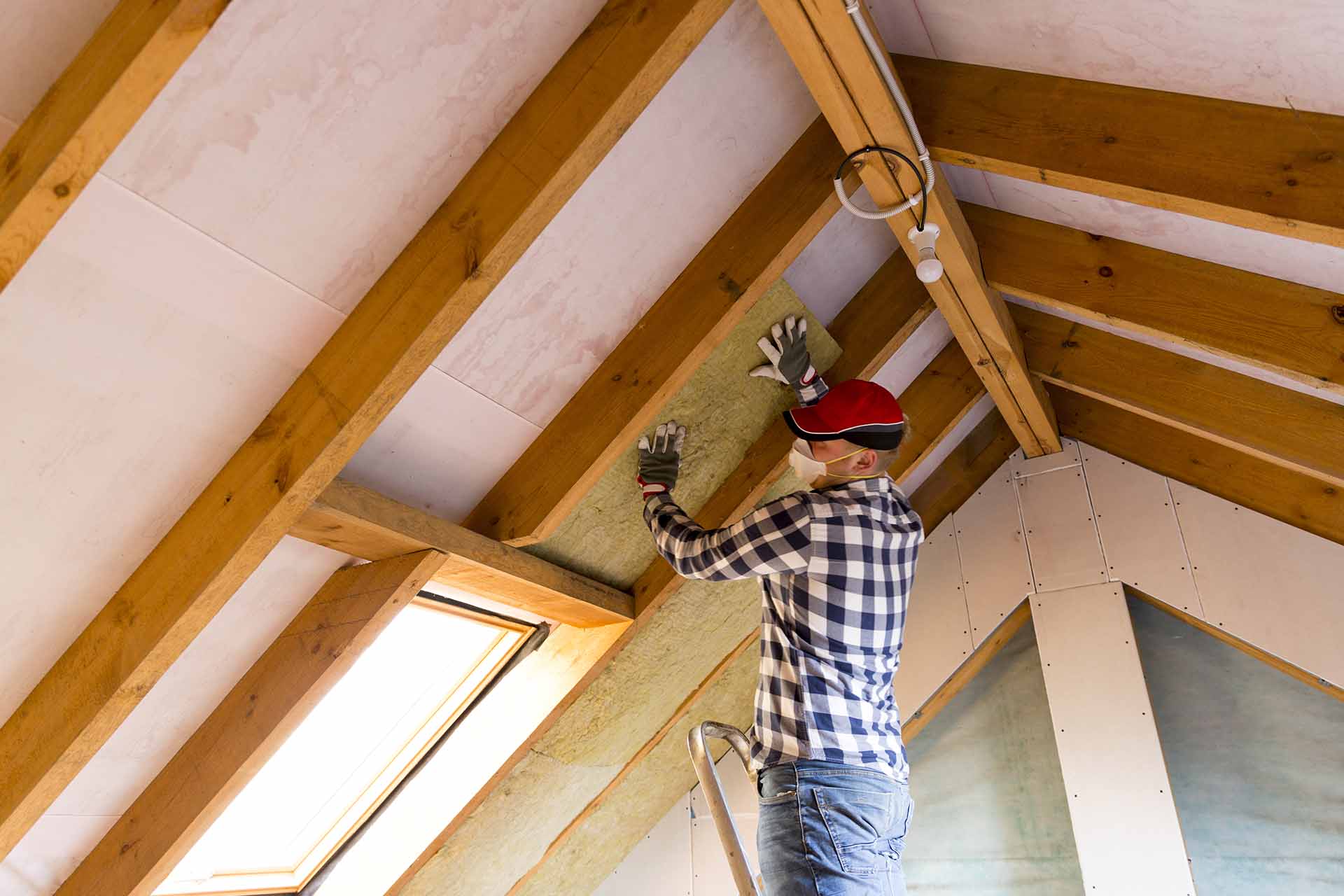
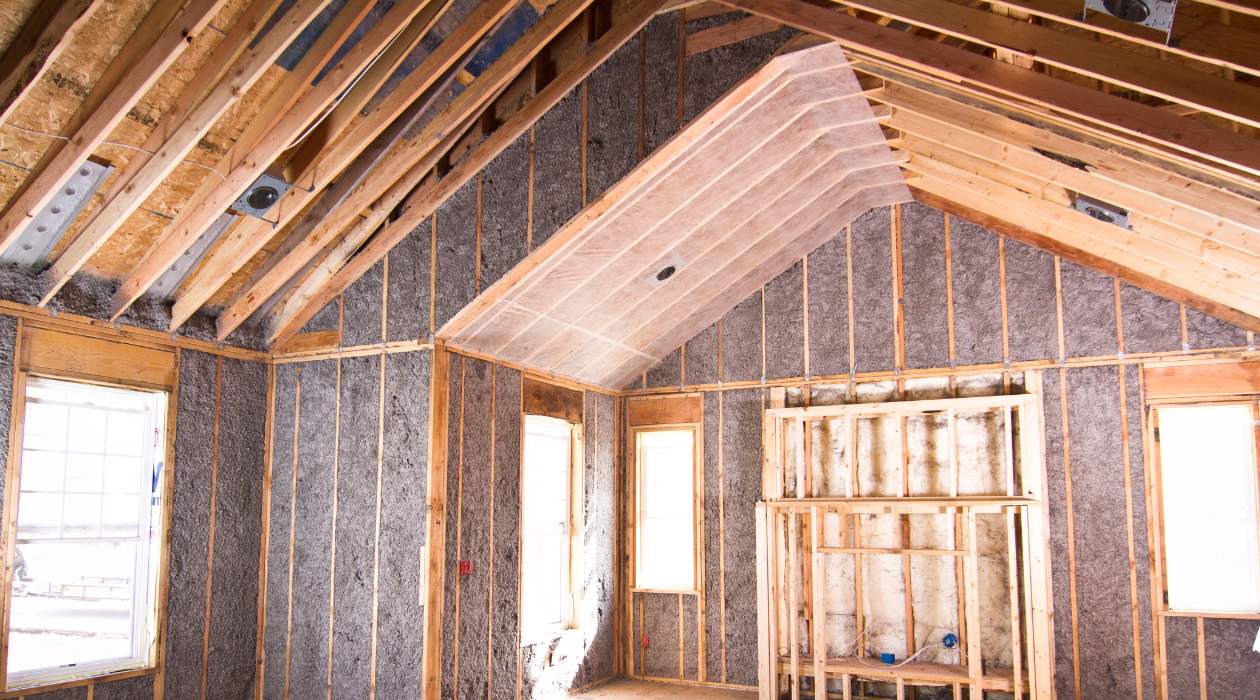
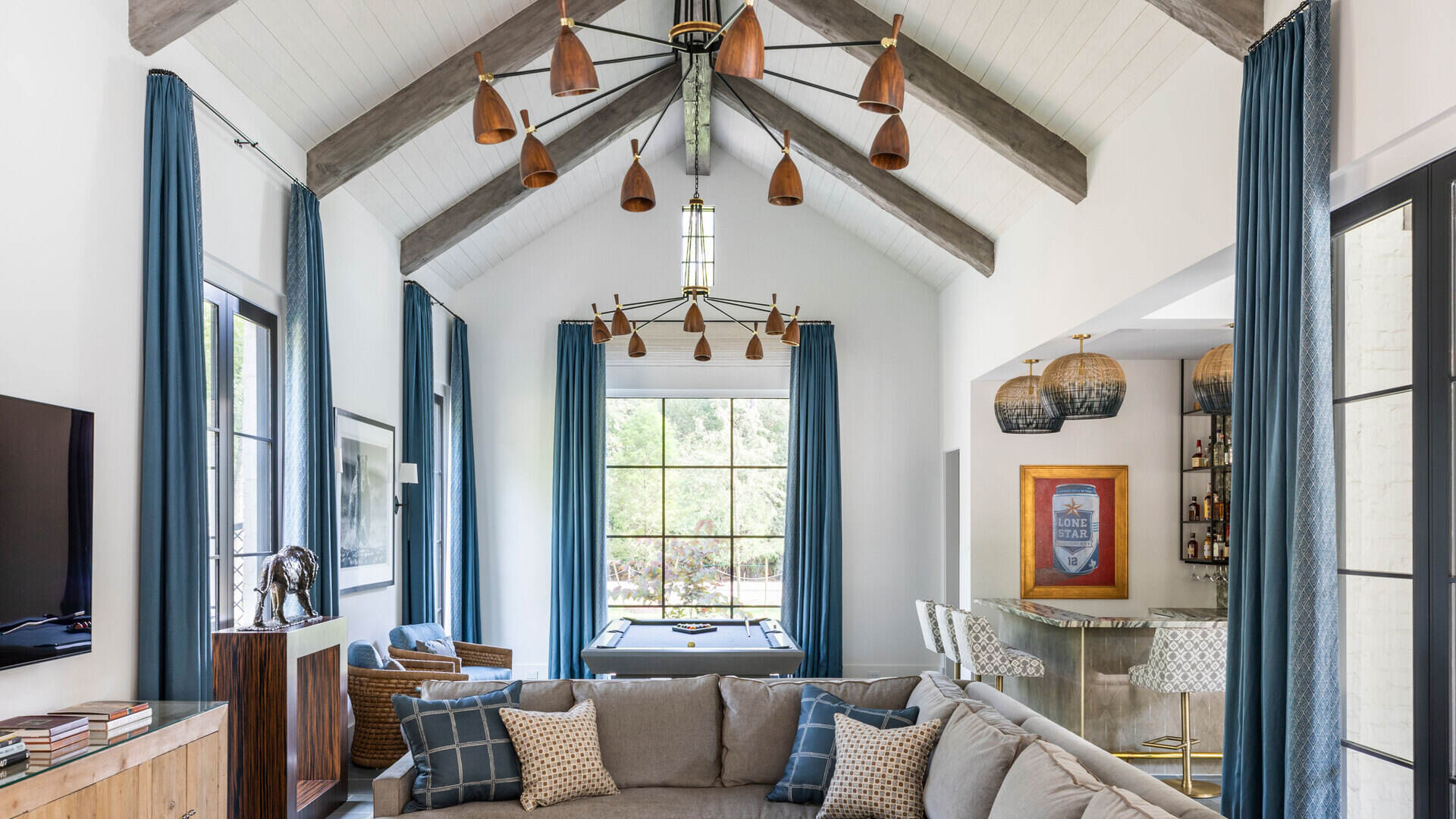
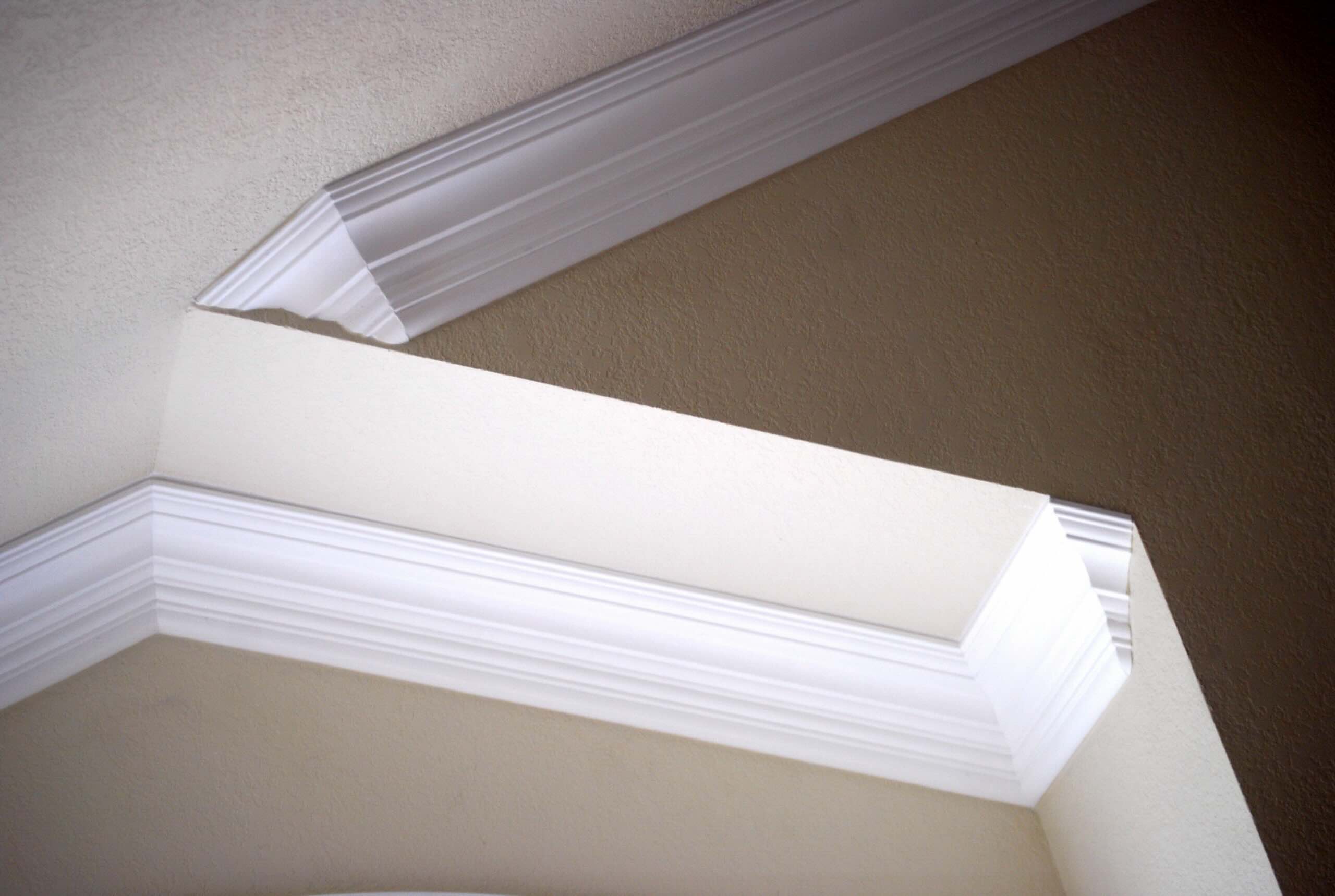
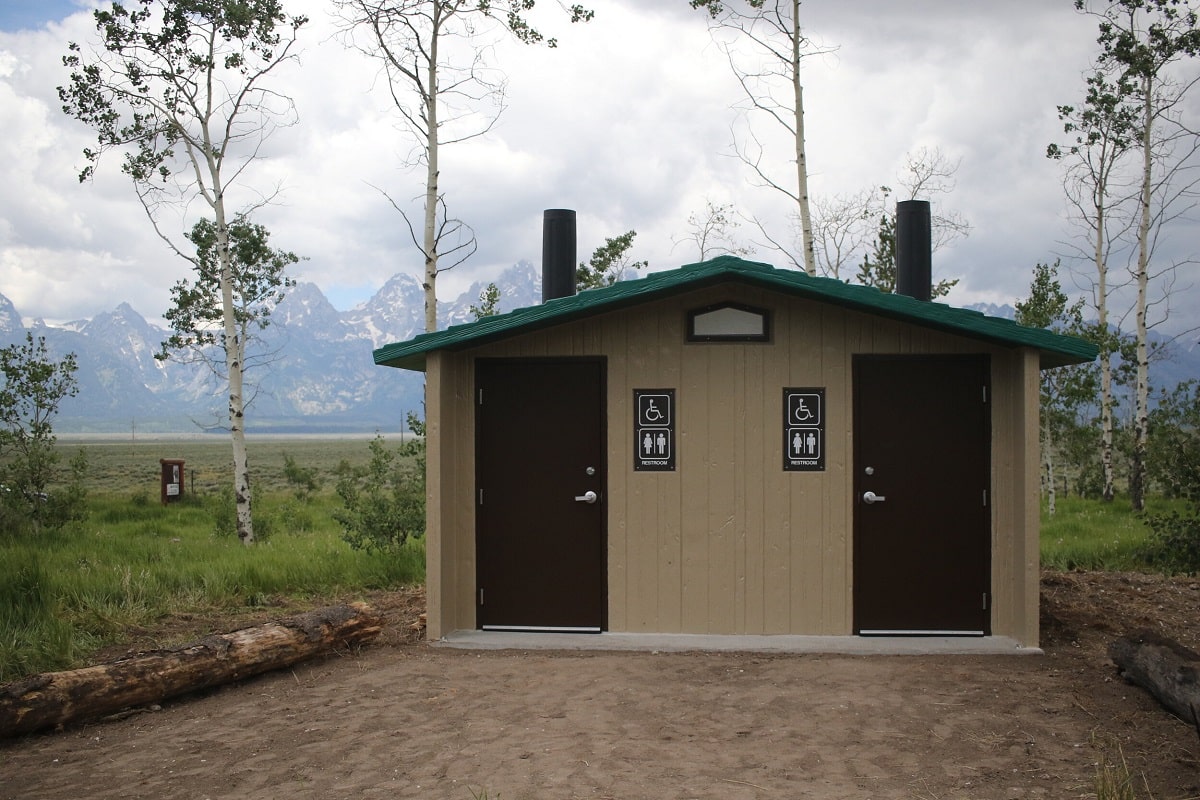
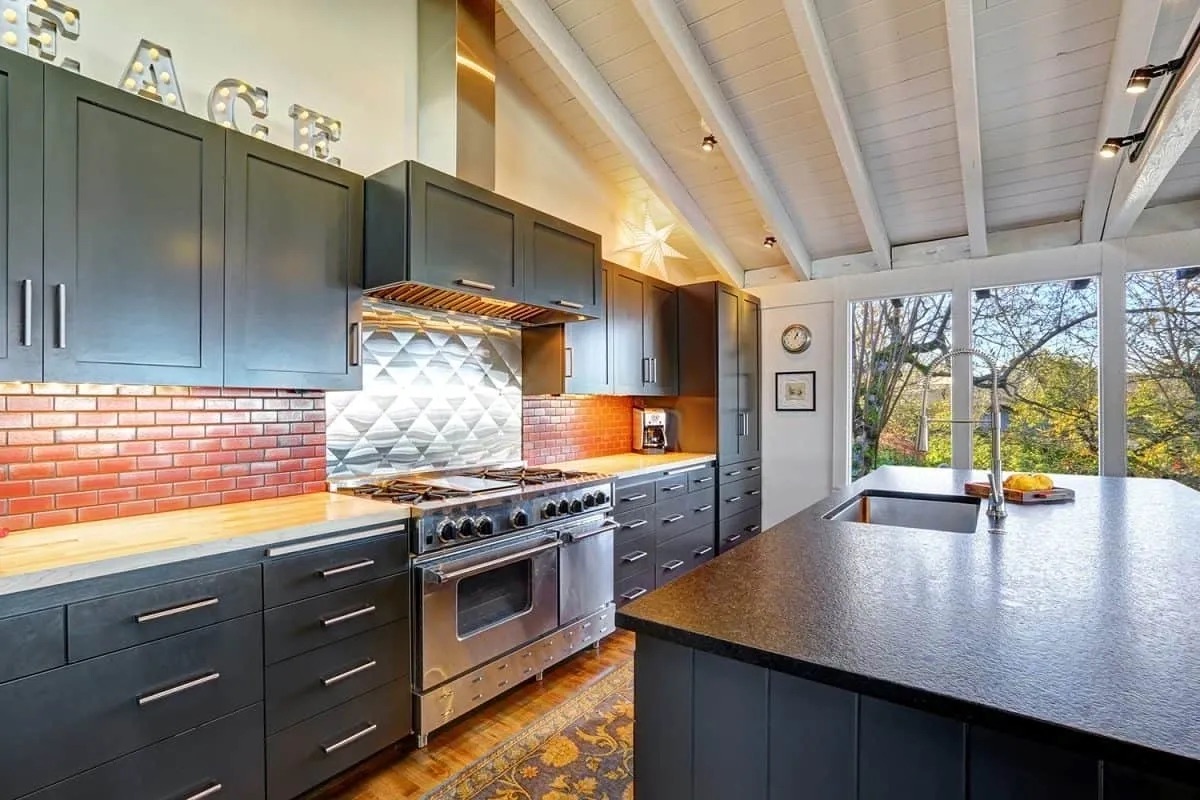

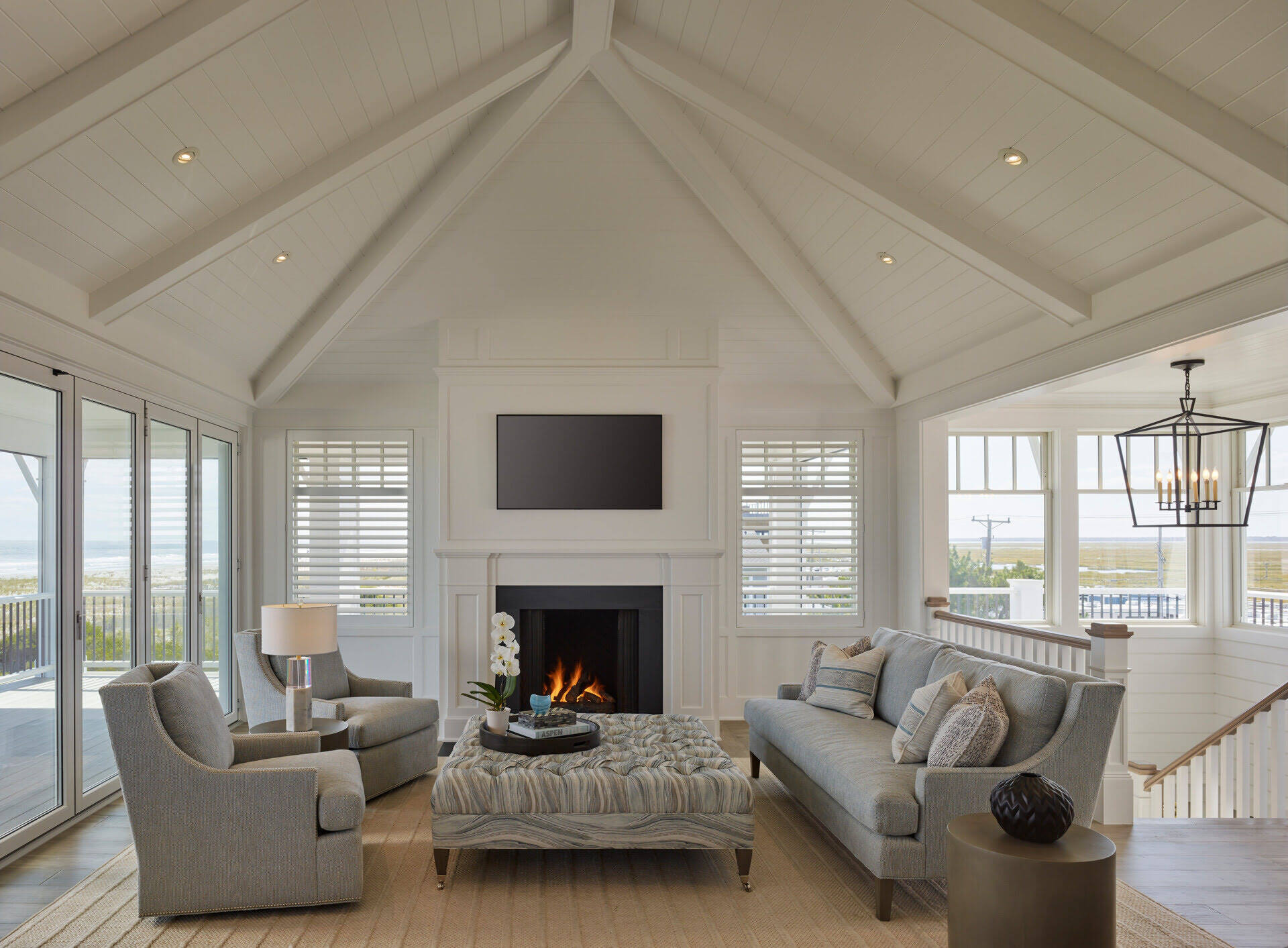
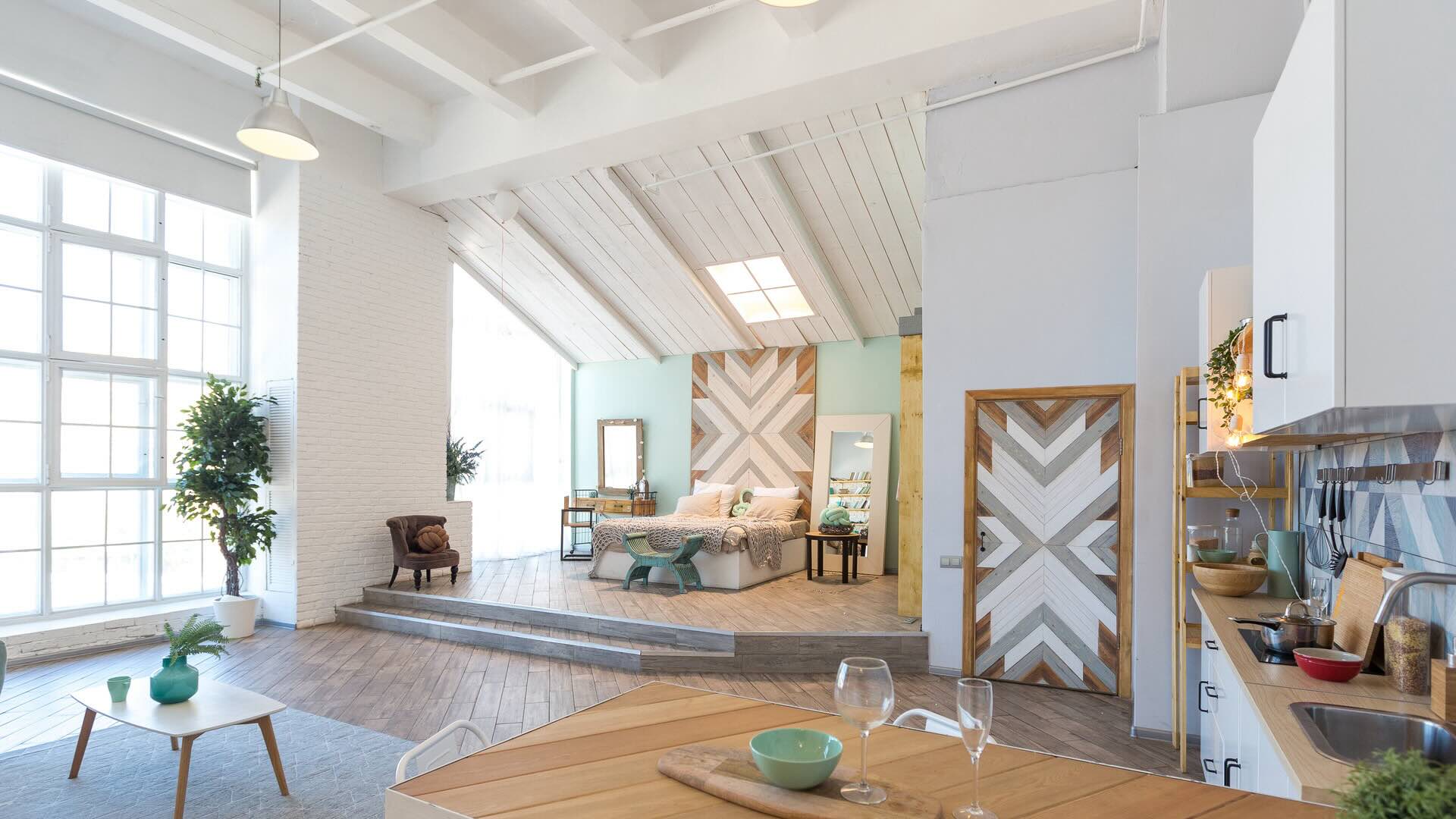
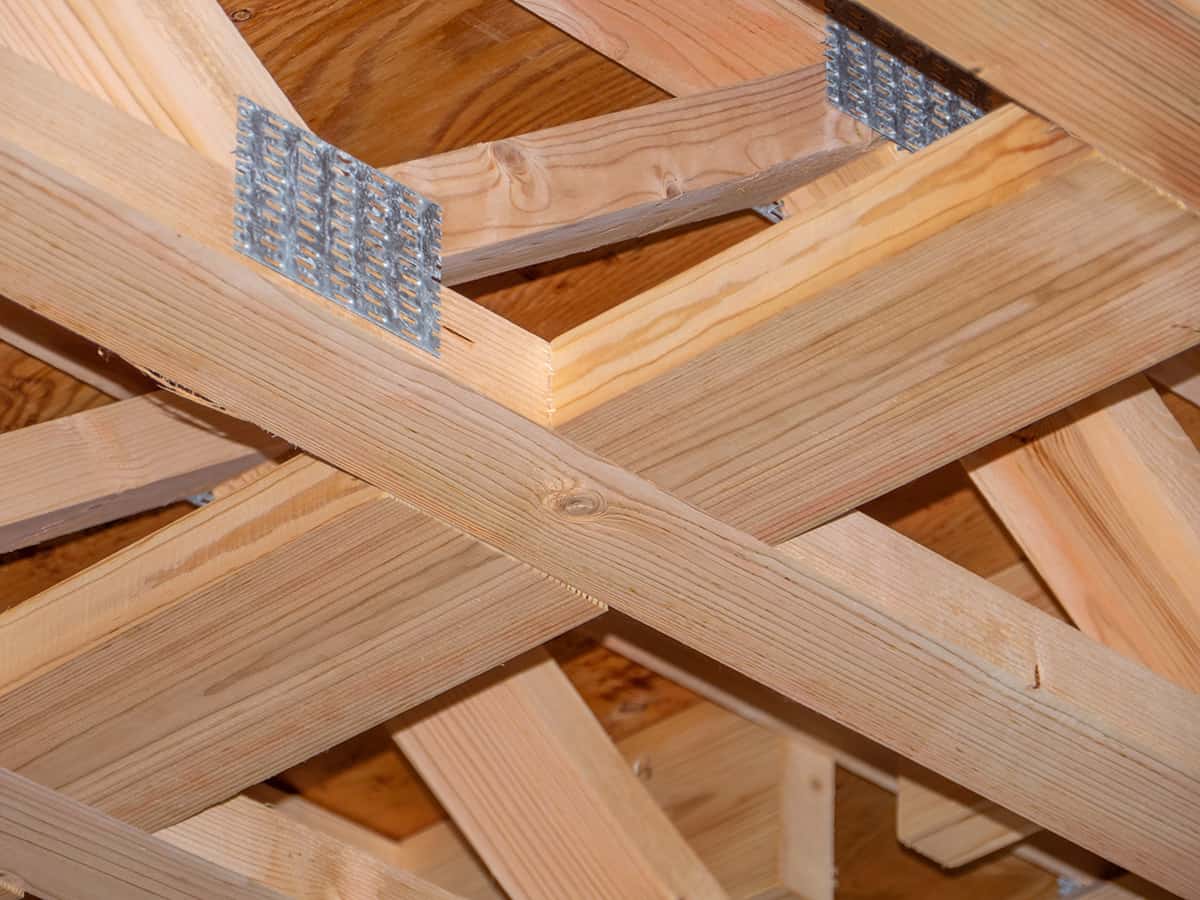
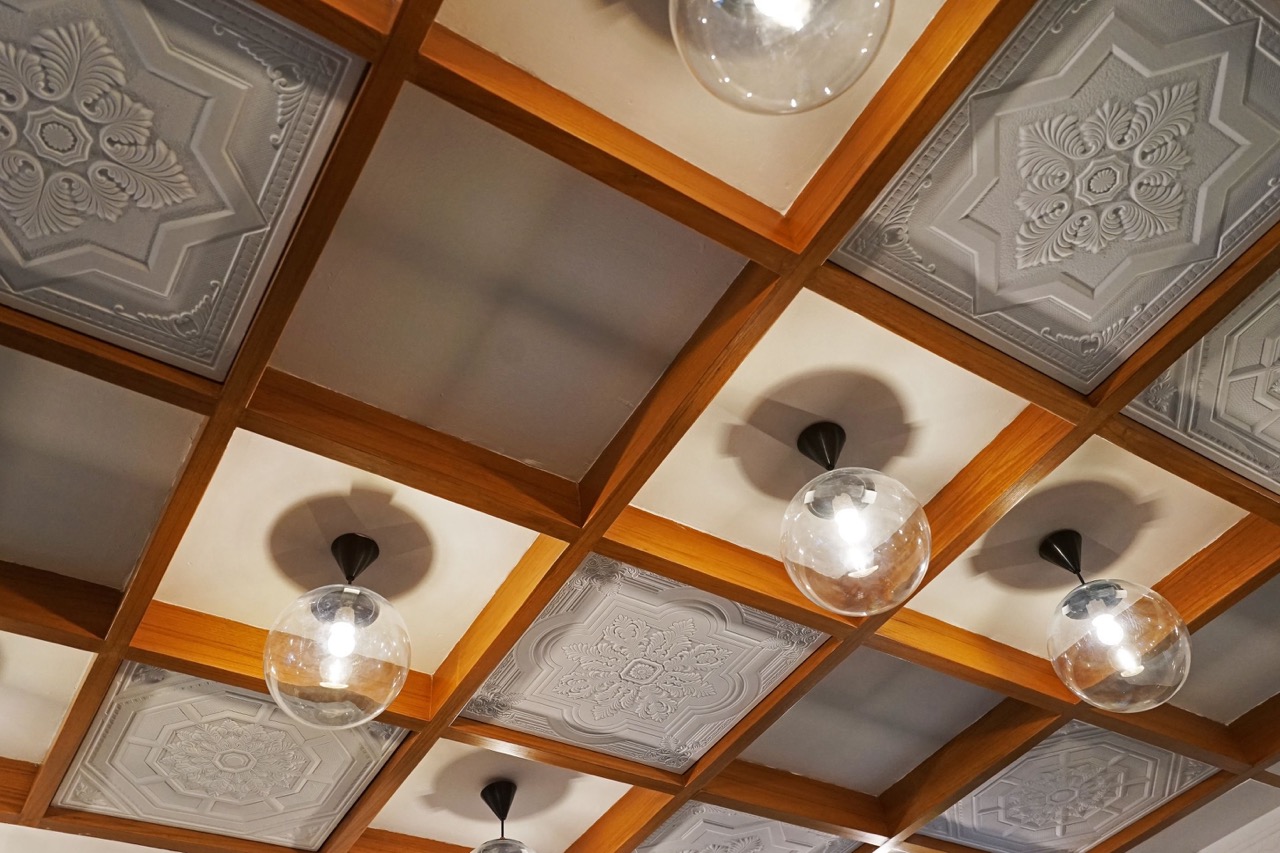
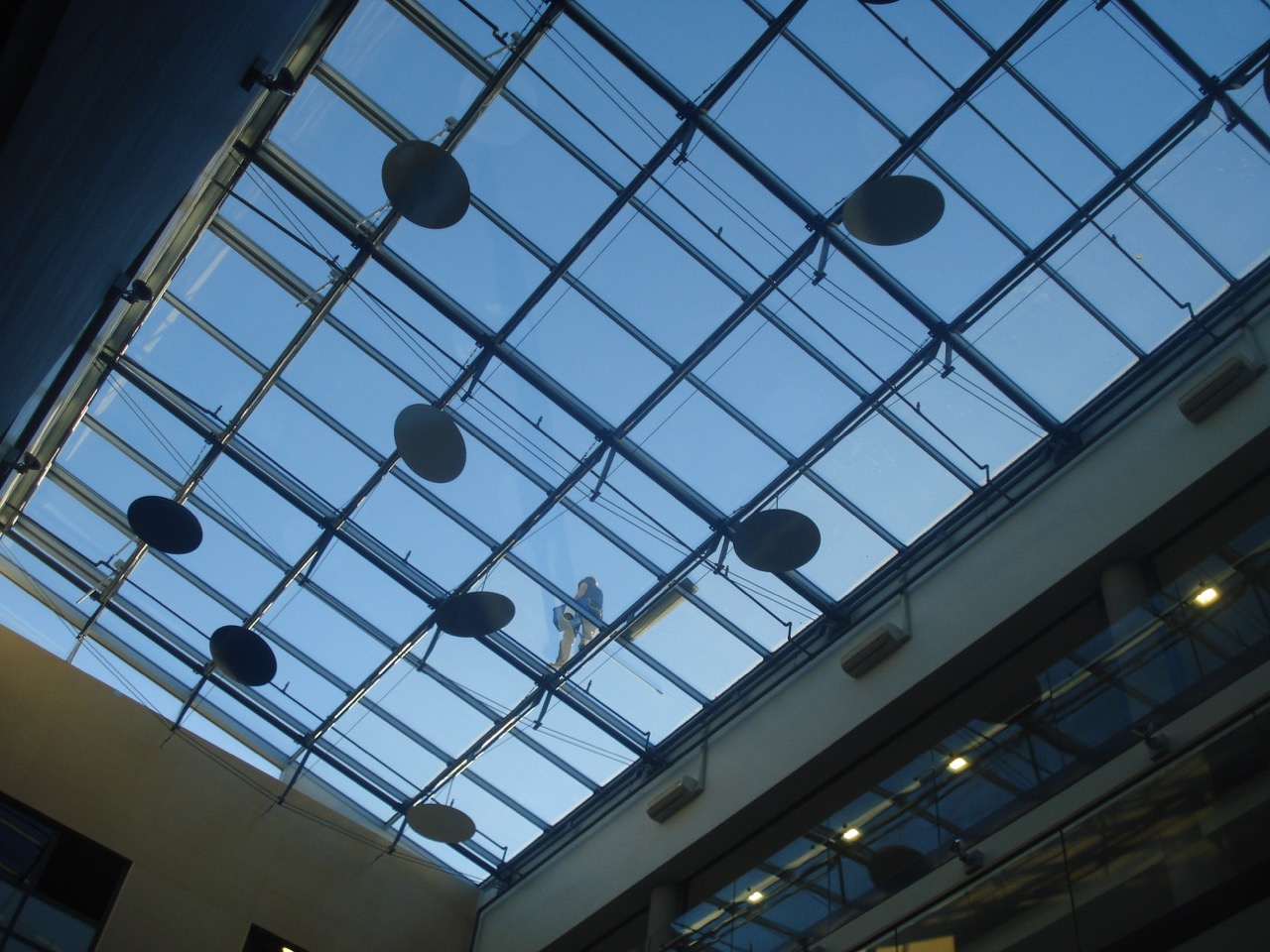

0 thoughts on “What Is A Vaulted Ceiling”